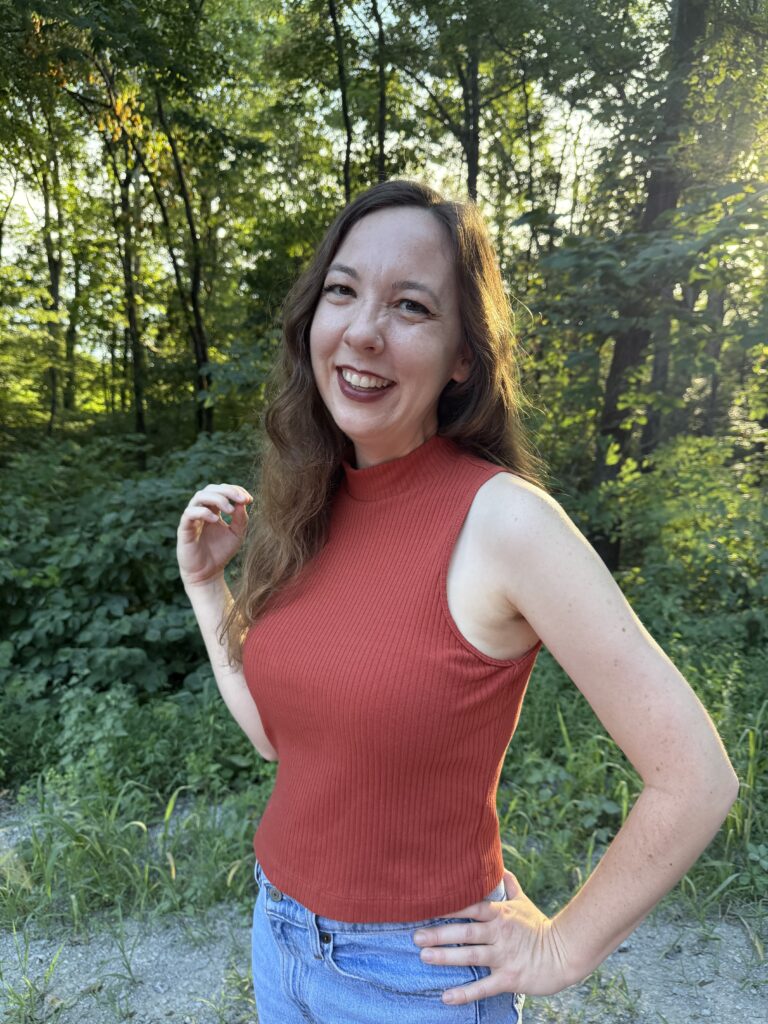My bookshelf is the centerpiece of my home. There it stands in my living room, and it is the deepest compliment when people pay attention to it. I love to buy books because I love to write in them, and also because the physical copies are a visual representation of the invisible: This is what I know, these books are what have shaped my thinking. And no one else in the entire world, past, present or future, will ever read the exact same combination of books as this.
On the shelves are my soul books, books that have, like water, carved the way I relate to God, others, myself and the world — you’ll find Annie Dillard, Thomas Merton and Sandra Cisneros there. Then there are my favorite novels, many of which I read during grad school, and most of which are by women, international fiction largely about creating identity when living between two cultures. There are also nonfiction works about teaching and postcolonialism and art history. DVDs carefully let onto the shelf when they are artful stories intentionally created that cause me to cry because that is how I know something is true. And the most recently read books stacked up horizontally, novels I’ve been reading because I want to, books by Jhumpa Lahiri, Barbara Kingsolver and Jonathan Safran Foer. The layers of my life collected in one place and lined up on walnut wood. My heart. My mind. My soul. This is what I know.
I am amazed by the ways this happens within each individual person, too. Each of us are a unique collection of experiences, knowledge, questions, hurts and desires that have never before existed and will never exist again. We go through life collecting, collecting, and our body is the meeting place of everything we’ve experienced, of everywhere we’ve been. And that’s only the affective part of us; the fact that any of us are here in the genetic combination we’re here in, too, is a literal miracle.
In this issue, we gather together a collection of people and their thoughts, a unique combination of humans and stories that will exist in this way only here, in this particular issue. Here, three women share their seashell, hat and book collections and tell us why they are fascinated by what they collect. One writer reflects on why she loves gas stations, buildings that gather together random assortments of items and people. And another writer gives tips for how to declutter. We hope this issue helps you stand in awe at the sacredness of particularity.
A “Collect” is a prayer that gathers the people’s individual prayers and prepares the prayers to hear God’s Word in celebration. Its structure consists of five parts: invoking the name of God, acknowledging attributes of God’s character, stating the prayers’ petition, asking for a desired result and the final doxology. The Collect helps to focus the prayers on a common prayer, to make the many parts one.
My prayer for each of us is that amidst so many disparate parts, we can ask ourselves and each other: How do you hurt, how do you laugh and how can I care for you? That we see our fragmented parts — within ourselves and our society — as necessary parts of the whole. That each characteristic, experience, person has a place. And that we are the meeting place, the gathering space, where, yes, all of these parts, the wanted and unwanted, have permission to reside.
I pray we can be wide-eyed in wonder at ourselves and each person we meet, at all we’ve gone through and gathered together within our bodies to stand here before each other, like this.
Joy, Mia


